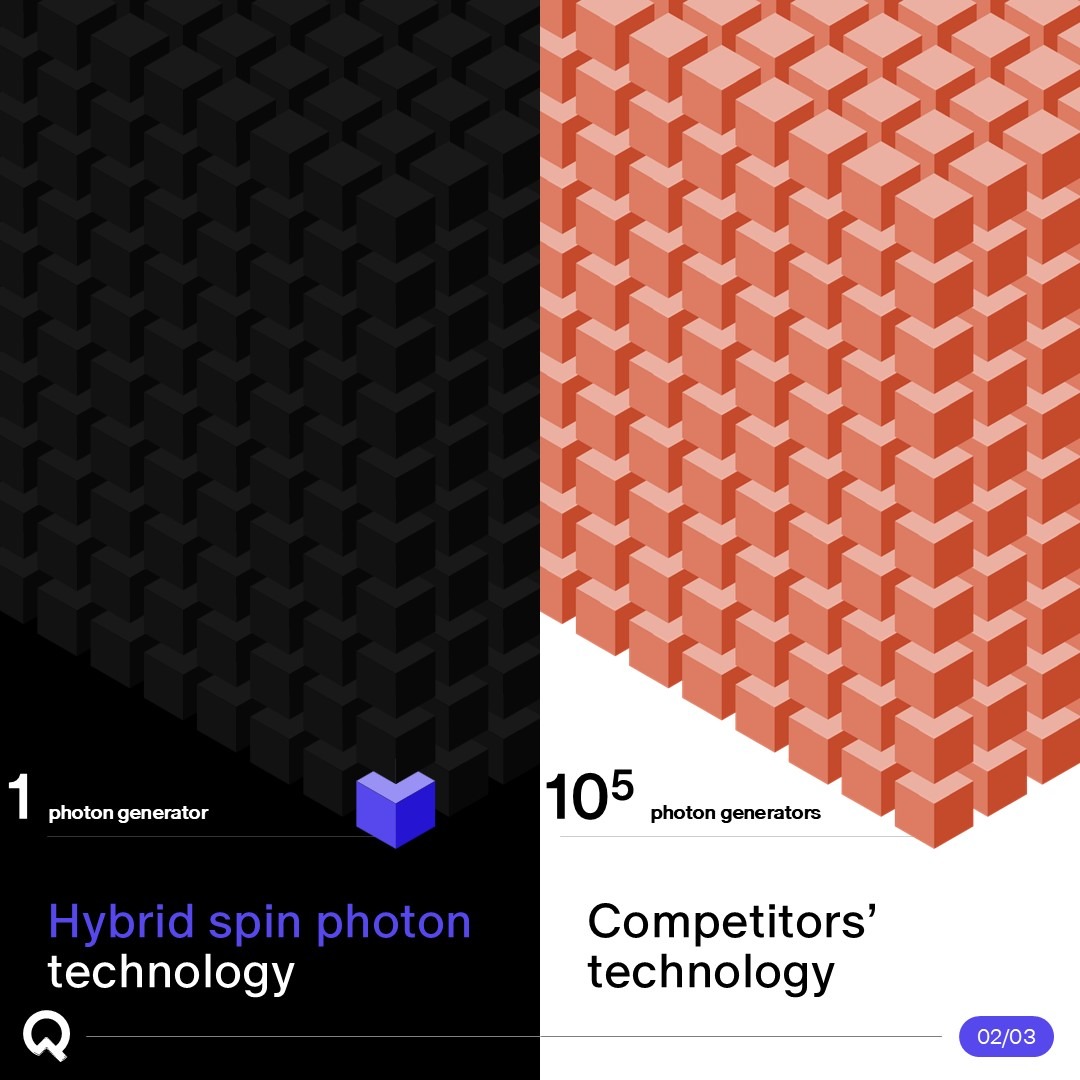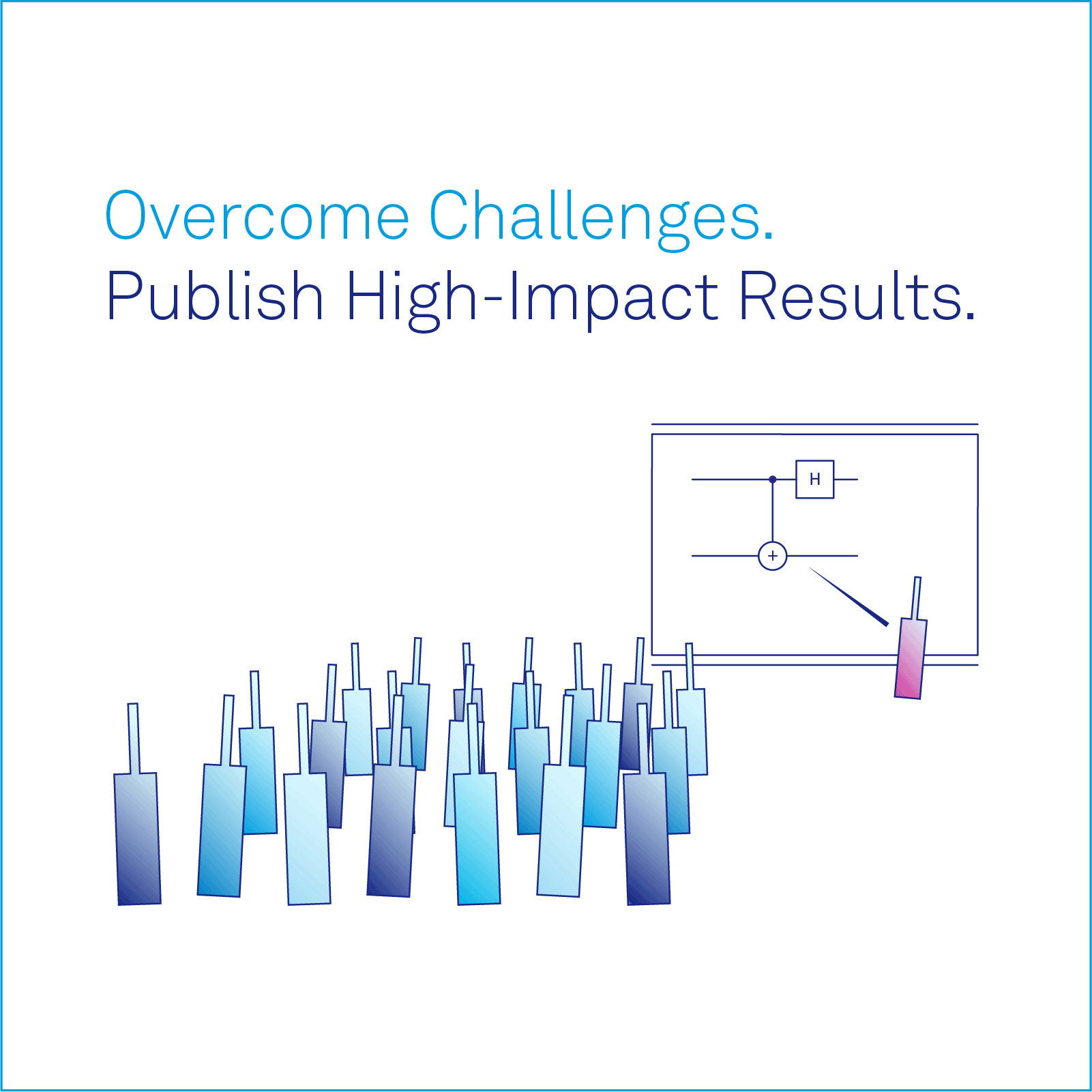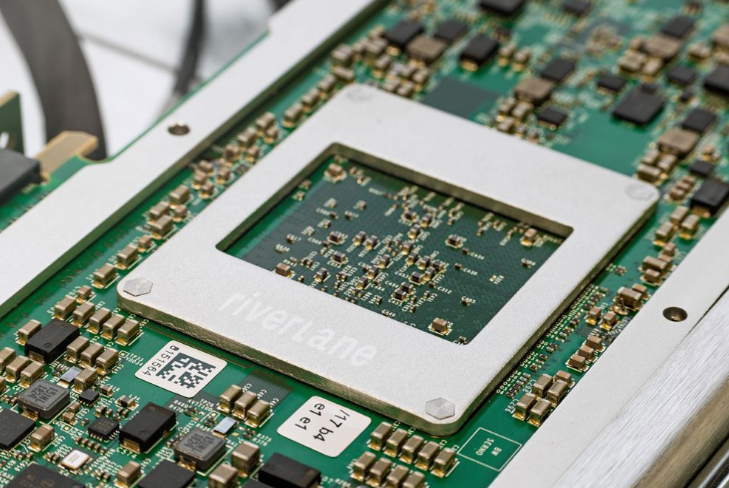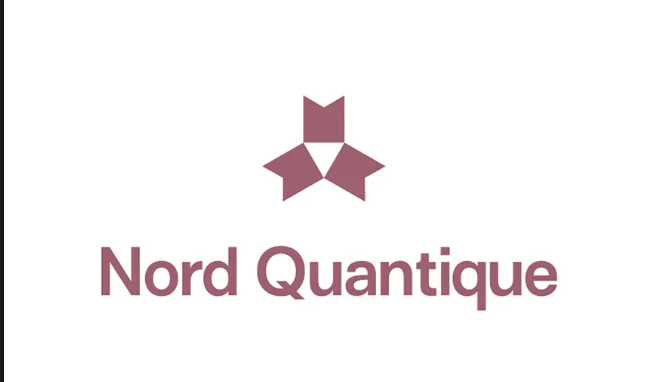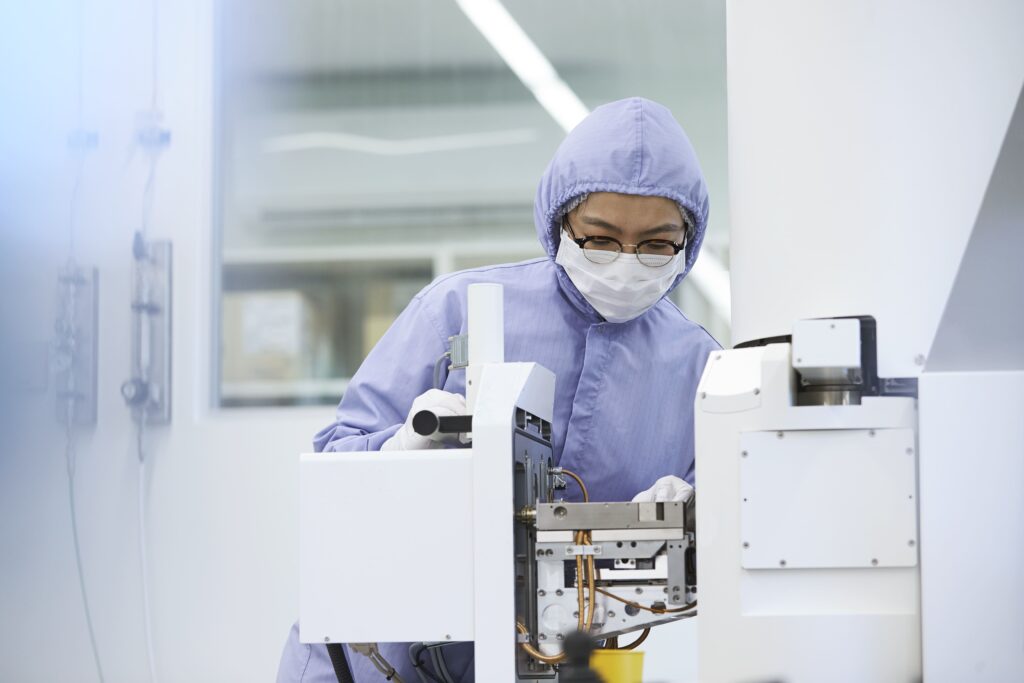Insider Brief:
- Quandela announces a hybrid method that reduces resource requirements for fault-tolerant quantum computing by a factor of 100,000 compared to conventional photonic approaches, achieved through semiconductor quantum emitters that efficiently generate photonic qubits.
- Photonic quantum computing is cited as promising for error correction and scalability due to photons’ ability to carry quantum information over long distances and interconnect processors via optical fibers. Quandela’s approach lowers the number of components needed for logical qubits, easing optical transmission constraints.
- Quandela’s development is a development towards fault-tolerant computing as well as reduces manufacturing costs and energy consumption. Their quantum computers are expected to operate below 1MW, less than traditional high-performance computing centers.
PRESS RELEASE — Quandela, the European leader in photonic quantum computing, announces a major development for the sector in a scientific paper1 describing a reduction by a factor of 100,000 in the number of components required for fault-tolerant calculations. Quandela’s hybrid approach, based on a technology that generates photonic qubits with unprecedented efficiency from artificial atoms (semiconductor quantum emitters), should enable the company to accelerate the scaling-up of its quantum computers.
A Photonic Approach Promising for Error-Correction and Scaling Challenges
Fault-tolerant – error-free – quantum computing is crucial for the correct execution of the most impactful quantum algorithms, such as prime number factorization, linear system solving and chemical simulations. It is these algorithms that enable the most valuable use cases that “classical” computers cannot solve, notably in the energy, pharmaceutical, chemical and defense sectors.
Among all quantum platforms, the photonic platform appears particularly promising for achieving fault tolerance, thanks to the unique ability of photons to:

- carry quantum information almost infinitely
- interconnect quantum processors via commercial optical fibers, as is the case with today’s largest network-connected computers.
Interconnection between quantum processors is essential, in the long term, to extend the computing power of quantum computers – in a similar way to today’s networked supercomputers – whatever the platform in question. Photonic technology therefore inherently possesses the modularity that is absolutely essential for scaling up and implementing error-correction protocols.
However, since photon loss is the main source of error in the photonic approach, the high performance of these quantum computers implies high optical transmission of the components, i.e. a high flow of photons through all the components. The big challenge is therefore to reduce the number of components (“resources”) in order to achieve the high optical transmission needed to manipulate and correct a large number of qubits, and thus achieve the high-impact calculations that outperform conventional computers.
Quandela’s Approach 100,000x Less Resource-Intensive Than Other Photonic Competitors
To meet this challenge, Quandela has just reported a groundbreaking scientific result that presents a method for reducing resource requirements by a factor of 100,000 compared with the photonics-only approach adopted and developed by other photonic quantum computing players in the USA and Canada.
At the heart of this result lies the core technology of Quandela’s processors, based on semiconductor quantum emitters that generate photonic qubits with world-leading efficiency. Thanks to its hybrid approach, which uses these emitters both as photon generators and as qubits (by exploiting the spin of one of the emitter’s electrons), Quandela sets itself apart from other photonic competitors.
Where a purely photonic approach would require around a million components to generate one logic qubit, the research team, led by Quandela’s Chief Research Officer Shane Mansfield, demonstrates that Quandela’s approach requires just 12, i.e. 100,000 (= 10^5 times ) less. This approach also greatly relaxes the optical transmission requirements of the components, and therefore the performance required for error correction.
Significant Reduction in Energy Consumption
This considerable gain, which promises to reach the error-correction regime much more quickly, also makes it possible to drastically reduce the platform’s manufacturing costs and energy consumption. Quandela predicts a much lower power consumption than existing quantum platforms. In practice, while today’s large-scale high-performance computing centers consume around 20 MW, and cloud hyperscalers dedicated to AI require around 2 MW, Quandela’s largest quantum computer should keep its power consumption below 1MW. Quandela’s computers are therefore positioned as the solution for increasing the computing power needed by industry worldwide, without increasing energy consumption.
“This breakthrough marks an important milestone for error-correcting computing with the photonic platform. By drastically reducing the resources required while maintaining the intrinsic advantages of the photonic approach, we are paving the way for the realistic industrialization of fault-tolerant quantum computing. Our unique hybrid approach demonstrates Quandela’s ability to significantly accelerate the scale-up of quantum computers, a crucial issue for the entire industry”, comments Niccolo Somaschi, co-founder and CEO of Quandela.

